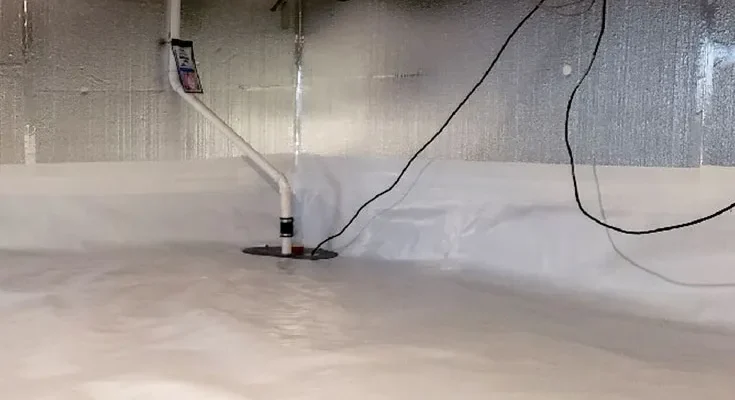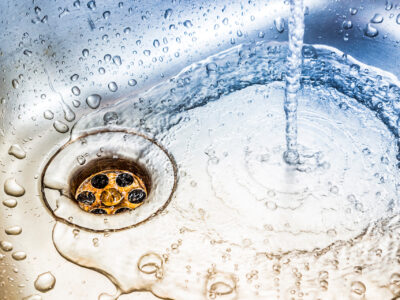Moisture is a necessity in moderate amounts for both indoor and outdoor settings. But in excess, it becomes a saboteur of home comfort and can silently undermine the integrity of your living space. From compromising structural elements to fostering the growth of mould and mildew, excess moisture is a homeowner’s perennial adversary.
In this guide, we’ll dive deep, head first into the top 8 areas of your home where moisture poses a persistent threat and offer practical insights and strategies to keep them dry and your home resilient.
1. Roof and Attic
The roof stands tall as your home’s primary defence against the elements. Your roof can either have a shortage or an excess of moisture depending on the weather and season. And that’s fixed. Your attic, however, will almost always harbour moisture since it’s an enclosed space near the roof (and sometimes windows).
Regularly inspect it for damaged or missing shingles, as these can be potential entry points for moisture. Also, pay heed to your attic’s insulation. Adequate insulation not only ensures energy efficiency but also prevents moisture buildup, a common issue that can lead to a host of problems.
2. Foundation
A robust foundation is the bedrock of a secure home. It’s the first and last defence of any modern structure and it needs to be protected from any possible damage. Moisture can work its way into any foundation if given the time and opportunity.
So periodically scrutinize foundation walls for any cracks or gaps, as these can be conduits for moisture infiltration. Sealing visible cracks and investing in foundation waterproofing can substantially reduce the risk of moisture-related structural issues, providing a durable shield against potential threats.
3. Basement
Basements, being below ground level, are prone to moisture challenges. Think attic but kept under and barely given any natural light. This makes basements very prime ground for moisture to grow and thrive.
Here, it’s best to identify the source of the issue – be it poor drainage or cracks in the walls. Waterproofing your basement is a crucial step in fortifying it against moisture infiltration. Equally important is addressing any leaks from pipes or appliances promptly, as neglecting them can lead to persistent dampness and mould growth.
4. Bathroom
Bathrooms, with their constant exposure to water, demand meticulous attention. It’s always going to be exposed to water and moisture any day of the week but it’s not an excuse to keep moisture levels unchecked, especially when not in use.
Ensure proper ventilation by utilising exhaust fans or opening windows during and after showers. Periodically inspect and replace caulking around sinks, tubs, and showers to prevent water seepage as well. A proactive approach in the bathroom can stave off moisture-related issues and maintain a hygienic environment.
5. Kitchen
The kitchen, a hub of culinary activity, is susceptible to moisture-related problems. Unlike bathrooms, it’s not so much as exposed to the same level of moisture. In fact, the heat can stave off the moisture we dread but not all the time.
Regularly inspect for leaks under sinks, around the refrigerator, and dishwasher connections. Clean and maintain your kitchen exhaust fan to ensure it efficiently removes moisture-laden air. Well-maintained appliances contribute significantly to a moisture-free kitchen, enhancing functionality and longevity.
6. Windows and Doors
Windows and doors, while essential for ventilation and access, can be vulnerabilities if not adequately sealed.
Regularly check seals and weatherstripping to prevent water infiltration. Consider resealing windows and doors if you notice drafts or signs of moisture. This routine maintenance not only safeguards against moisture but also contributes to improved energy efficiency.
7. Water Tanks
Water tanks, often tucked away in utility closets, can harbour hidden moisture concerns. Moisture outside the tanks is fine but it can work up to any opening it may have and mould can then grow inside the tank.
Regularly inspect for leaks or signs of corrosion, addressing them promptly to prevent water damage. Placing a moisture-absorbing mat underneath the water tank can serve as an added precaution, capturing any potential drips and ensuring a dry environment. Also, replacing water tank lines can help in keeping the water inside the tank clean.
8. Mechanical Vents
Mechanical vents are pivotal in maintaining optimal air circulation and preventing moisture buildup.
Regularly clean and maintain your vents to ensure they function efficiently. If your home is equipped with exhaust fans, use them during moisture-generating activities, such as cooking or bathing. This straightforward step can significantly impact humidity levels and contribute to a consistently dry living environment.
Final Words
In the ongoing battle against moisture, knowledge and proactive measures emerge as your most potent allies. Understand these intricacies in key areas in your home and you’ll gain the upper hand in creating a dry and resilient living environment. Regular maintenance, diligent inspections, and swift action in addressing any issues will fortify your home against the insidious effects of moisture, ensuring it remains a haven of comfort, safety, and longevity.










Comments